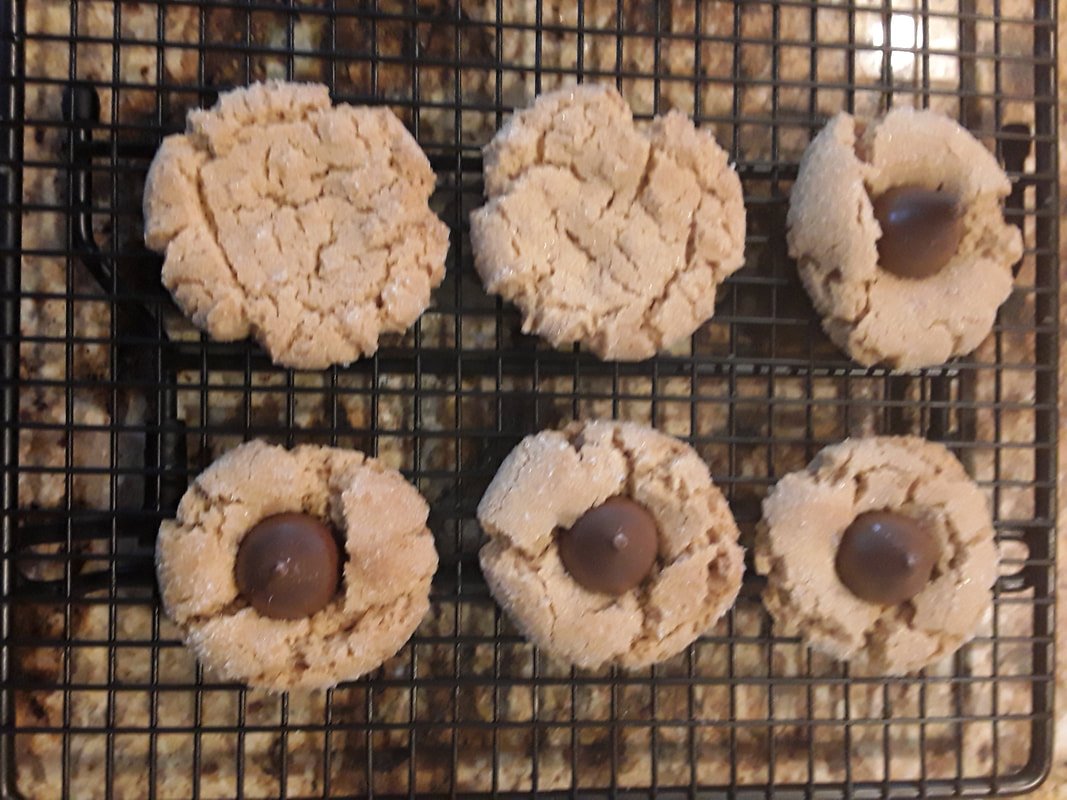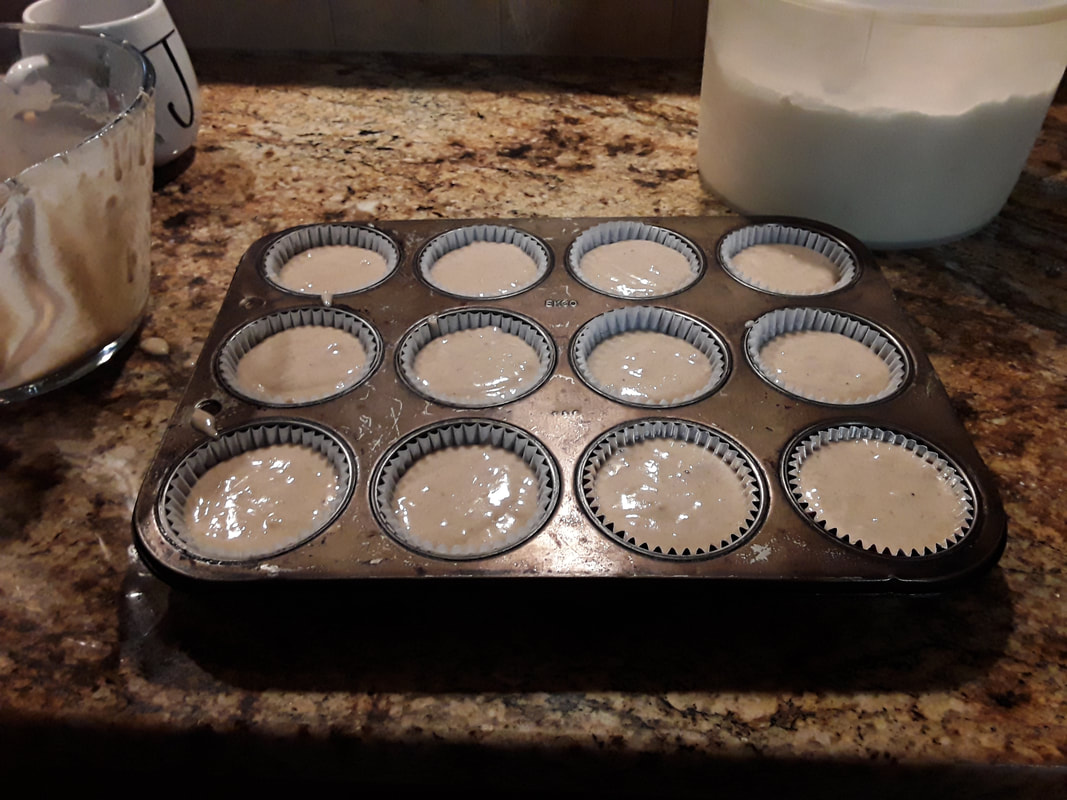 The last slice of the latest peanut pie in our house.
The last slice of the latest peanut pie in our house.  The author and her sons at Devil's Den, Gettysburg
The author and her sons at Devil's Den, Gettysburg Many histories of peanuts say that they came to America in the 1700s, carried from Africa along with slaves. While that may be true, they are not originally from Africa. Peanuts seem to have originated in South America, in Peru. They were taken back to Africa by the Spanish before coming to North America.
Wherever they came from, I'm glad they made it into my family's repertoire. This recipe is adapted from the Chowning's Tavern Pie from historical Williamsburg.
1 1/3 cup flour
1/2 tsp salt
1/2 C shortening
Cut shortening into flour and salt mixture until it resembles cornmeal in consistency, with some particles the size of small peas.
3 TBS ice water
1/2 TBS vinegar
Mix water and vinegar and sprinkle over the flour mixture, 1 TBS at a time, mixing until the dough clumps together. You may not use all the liquid.
Press together, then place on a floured piece of waxed paper or parchment. Roll out until it is larger than your pie place. Invert the paper over the pie plate to fit in. Flute edged.
For the Filling:
3 large eggs,
3/4 cup brown sugar
1 cup light corn syrup
3/4 tsp vanilla
1 1/2 TBS melted butter
1 cup peanuts (you may use salted or unsalted, but I prefer unsalted, roasted Virginia peanuts with the skins removed.)
Beat the eggs, brown sugar, corn syrup and vanilla together in a large bowl. Add the melted butter and peanuts. Pour into the pie shell and bake in a preheated oven at 350 until the filling is set in the center and the pastry is lightly browned, about 45 minutes.












